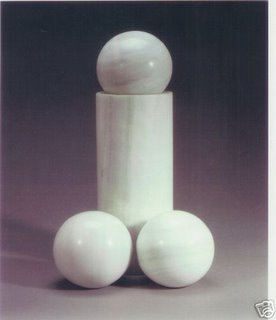Dirty Deeds

WARNING! Links may contain explicit pictures.
Transgression of moral boundaries is one of the most effective ways to make an artistic impact. It is in fact so effective that the interpretations of the works of art in the most provocative cases seem to focus almost exclusively on weather or not they are “morally justified”.
In some cases the results can be mindboggling to a viewer that lack the cultural, religious or moral standards that are needed to be provoked. To use myself as an example: I don’t get upset from viewing the work of Andres Serrano. I never was upset with them in the first place either. When I saw his Piss Christ for the first time I saw a profoundly catholic picture with deep religious connotations to The Last Supper. At the peak of his controversy it was almost impossible to discuss Serrano’s art in any other terms than weather or not he “should be allowed to profane” religious symbols or not.
The French artist Jean Rustin is much less known than Serrano but has still been able to stir up a surprisingly strong rage wherever he shows his work. His paintings are explicitly sexual, but not pornographic in any meaningful sense of the word. They are never meant to arouse, but rather to express an infinite solitude. A hint of post modern criticism of society’s institutionalized oppression can also be found. In a new high of misunderstanding art Rustin was at one period accused of being anti-Semitic, because his paintings of naked people in institution like environments was interpreted as “abusive to the victims of the Holocaust.”
American photographer Robert Mapplethorpe claimed himself not to be very interested of the subjects he took pictures of. His theory was purely formal, according to himself. Weather or not this was true can be argued – I lean towards “not true” myself, but the talk of his time was not even close to that kind of questions.
Some art, unlike that mentioned above, is more openly provocative. It has little to say beyond the obvious. In my opinion this is the case with for instance Gunther von Hagen’s human bodies slashed up and preserved in plastic, or Herman Nitsch’s strange “performance art” that pretty much consists of week long strange ritual “blood baths”.
In those cases the provocation is the point, and thus easily obtained. But for the likes of Rustin and Serrano the issue is more complex. Or at least it should be. On one hand, the strong reactions to their work promotes the questions they wish to say put to their audience. On the other hand it’s hard to hear the subtle tones when people are shouting at them in rage.










0 Comments:
Post a Comment
<< Home